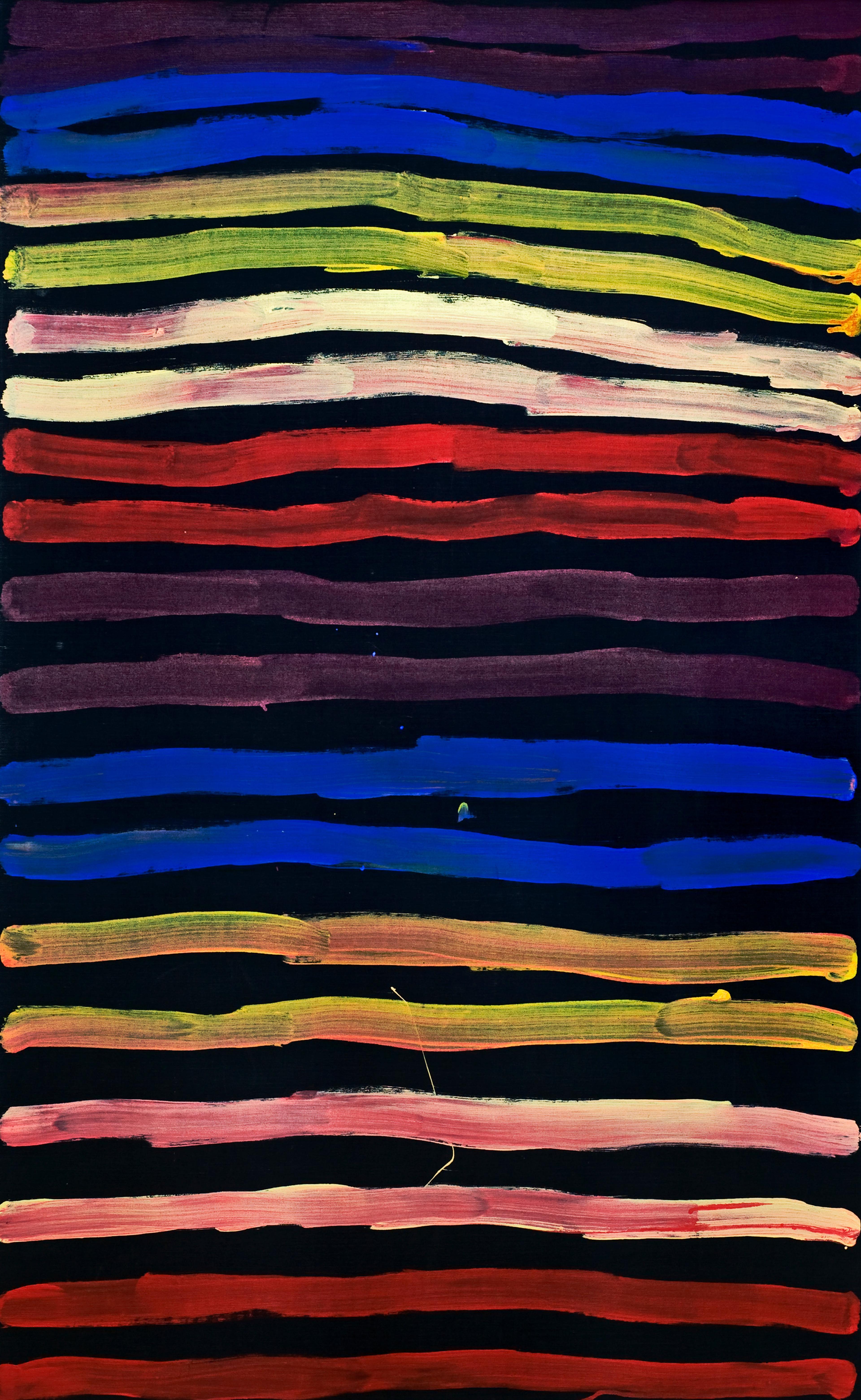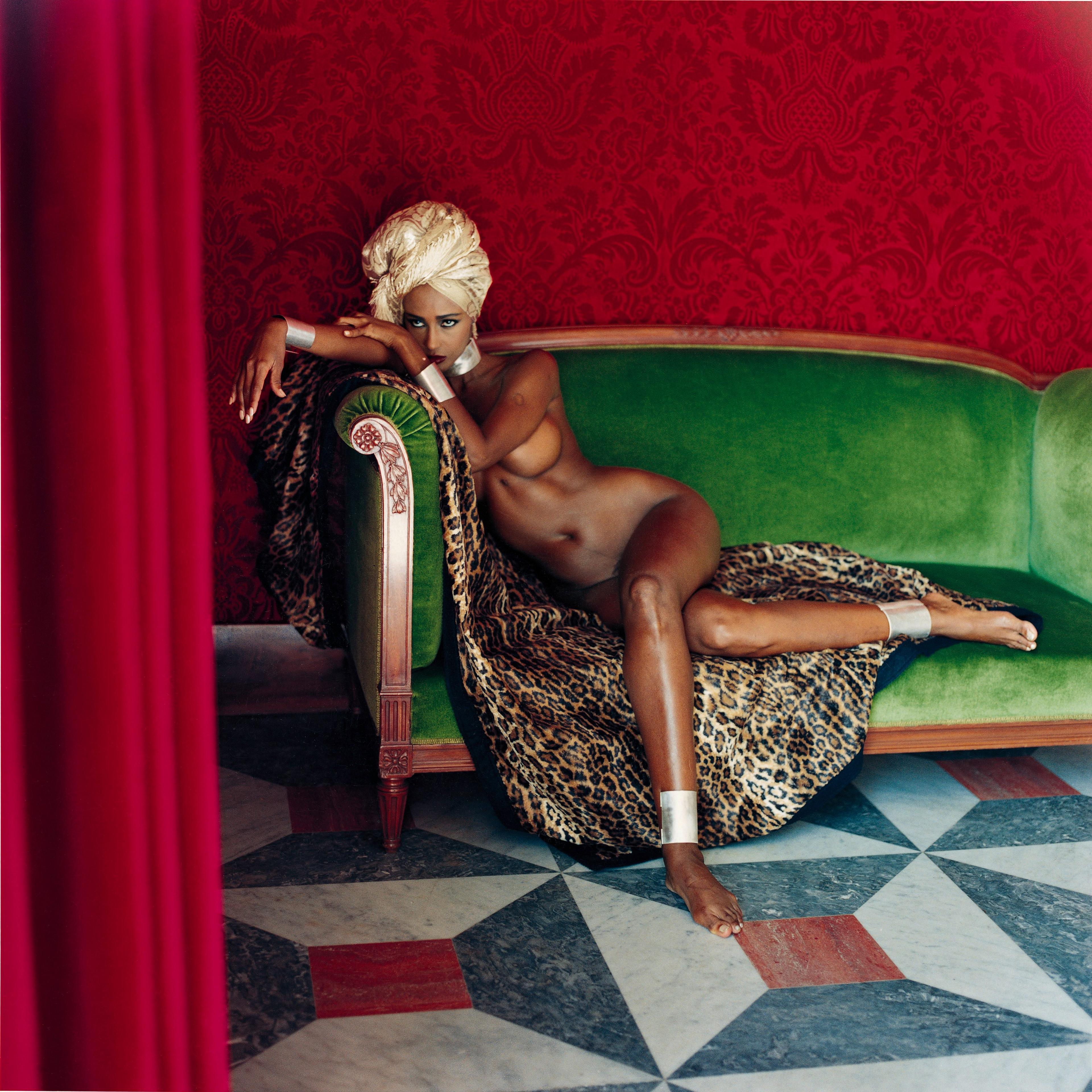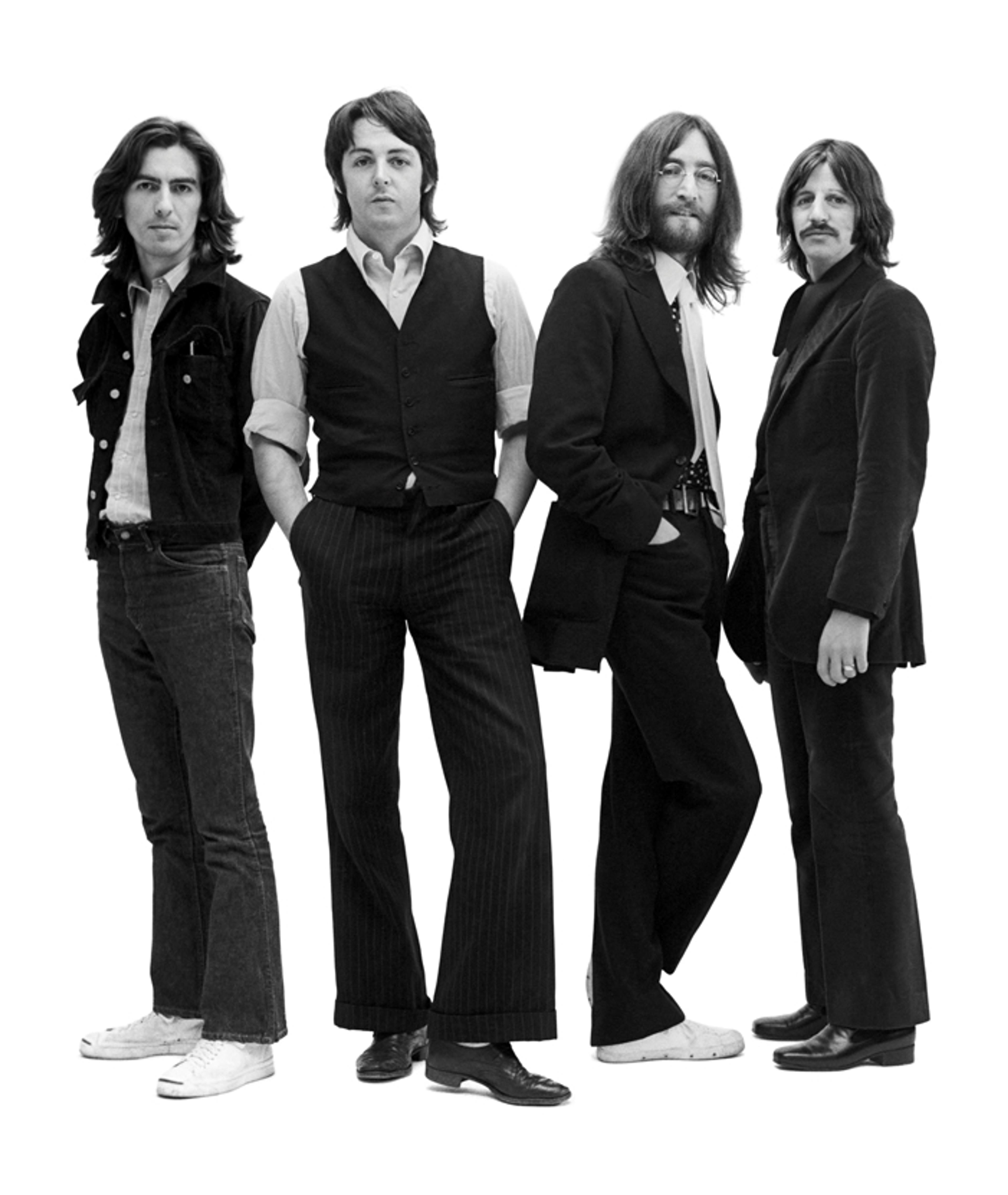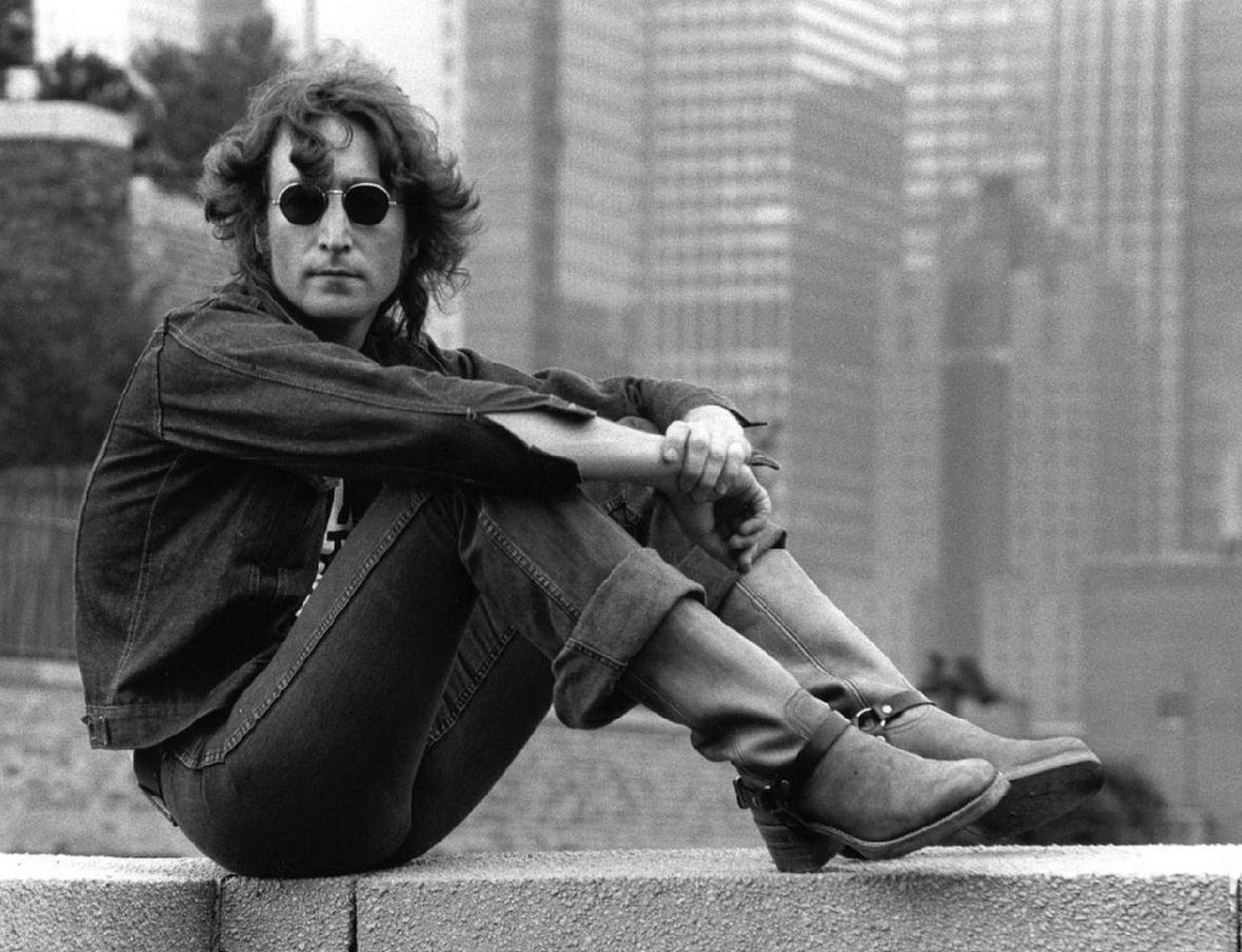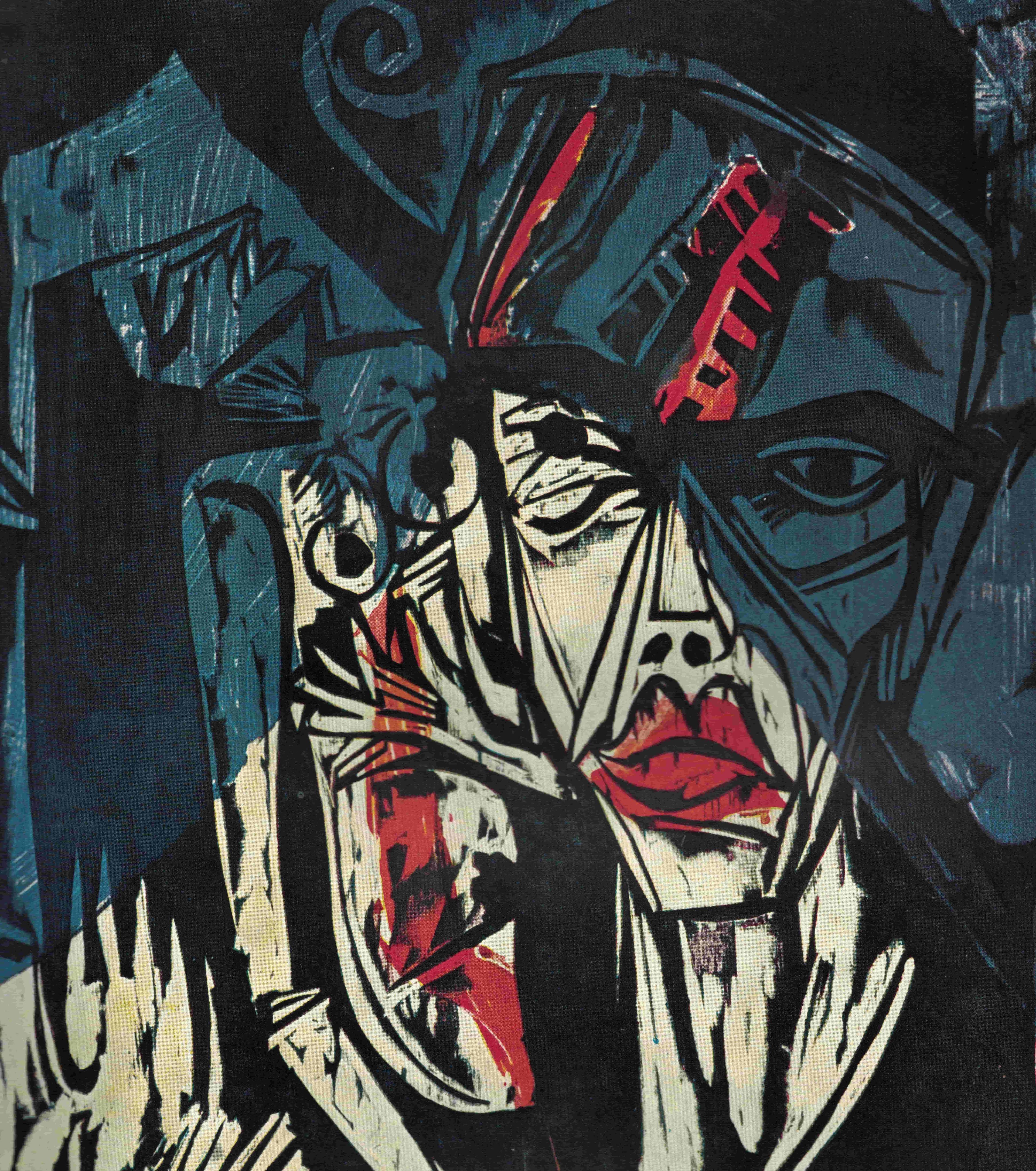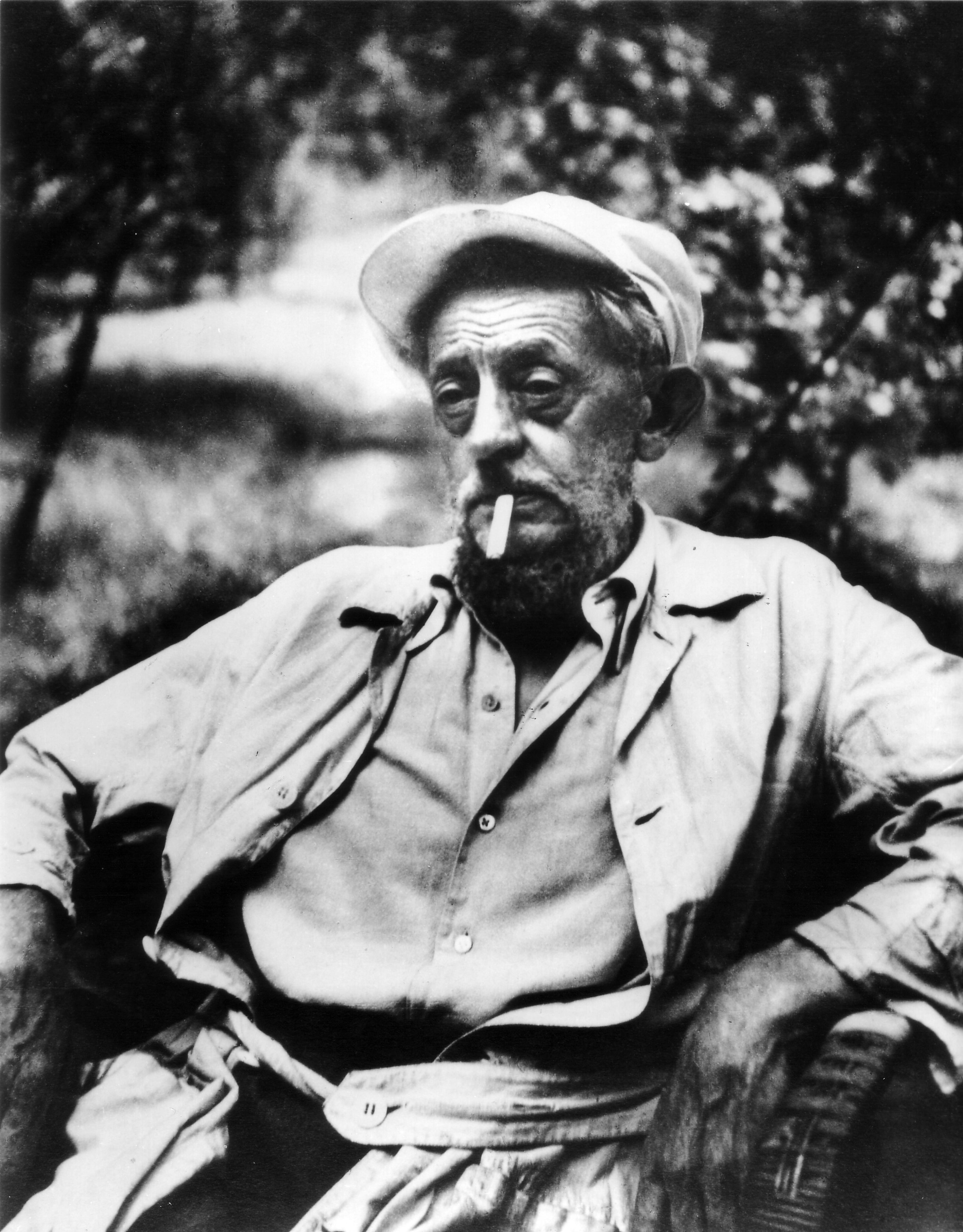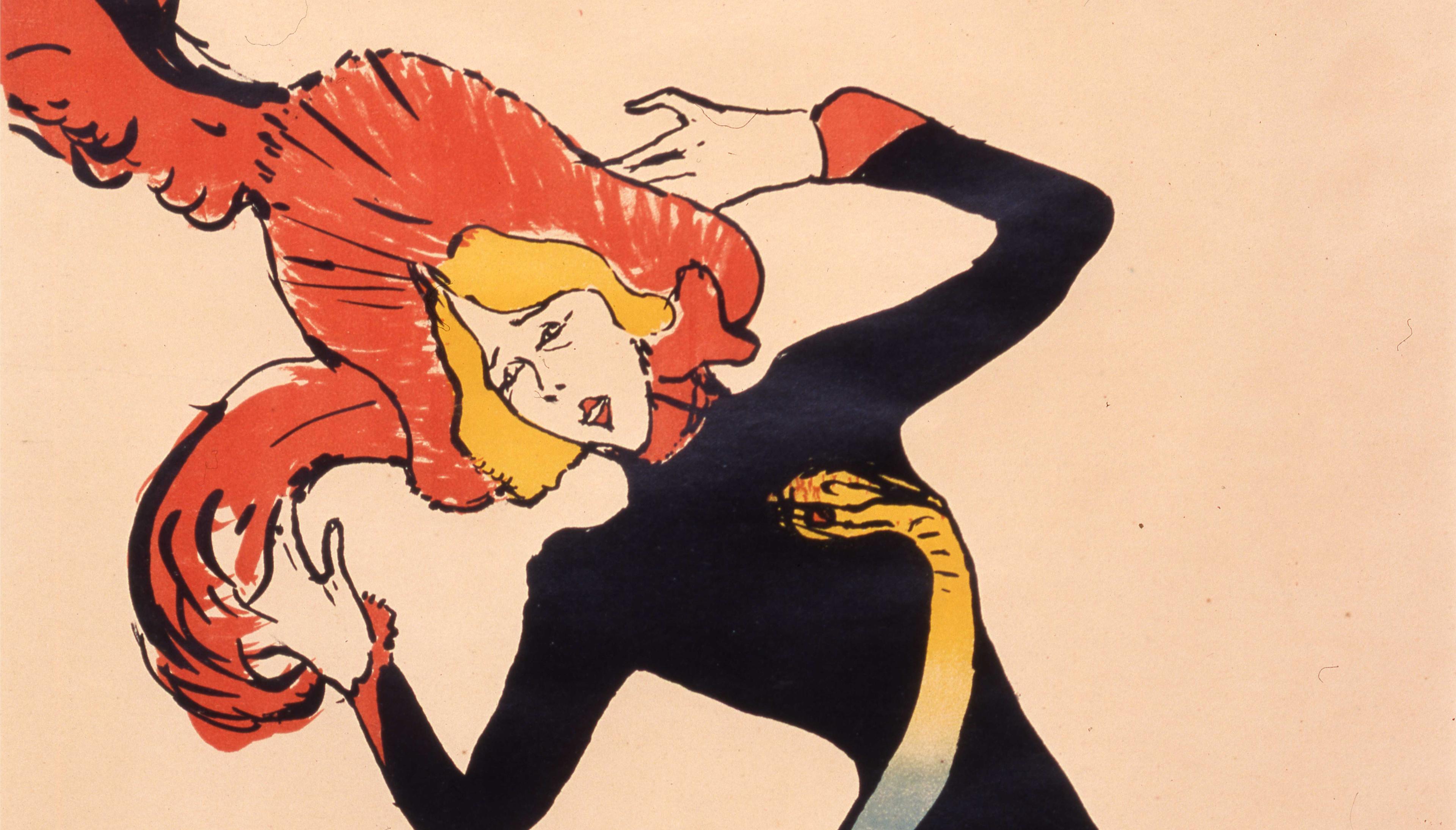
Henri de Toulouse-Lautrec
and the Belle Époque
Henri de Toulouse-Lautrec was born on November 24, 1864 in Albi in the south of France into the old noble family of the Counts of Toulouse-Lautrec. He developed into a painter at an early age and his unadorned scenes of Parisian nightlife would decisively shape the image of the Belle Époque. At the same time, he became one of the pioneers of modern art, decisively advancing the shift from the imitation of nature to independent, abstract works of art.
The years between 1870 and 1914 were a time of extreme cultural and artistic upheaval. The acceleration and extent of scientific, social and economic changes and innovations in these decades are historically unprecedented. At the same time, the Belle Époque was a time of constant experimentation and the search for new forms of expression. A multitude of new styles and overarching trends developed, which were to profoundly change dance and music, literature and theater as well as the visual arts.
The exhibition brings together the most famous posters, single sheets and series by Henri de Toulouse-Lautrec and individual works by Jules Chéret, Alfons Mucha, Théophile-Alexandre Steinlen and Pierre Bonnard, as well as furniture from the Belle Époque, lamps by Tiffany and glass objects by Emile Gallé. The works offer a fascinating insight into the variety of artistic forms of expression of the Belle Époque and invite visitors to trace and compare them with one another.

